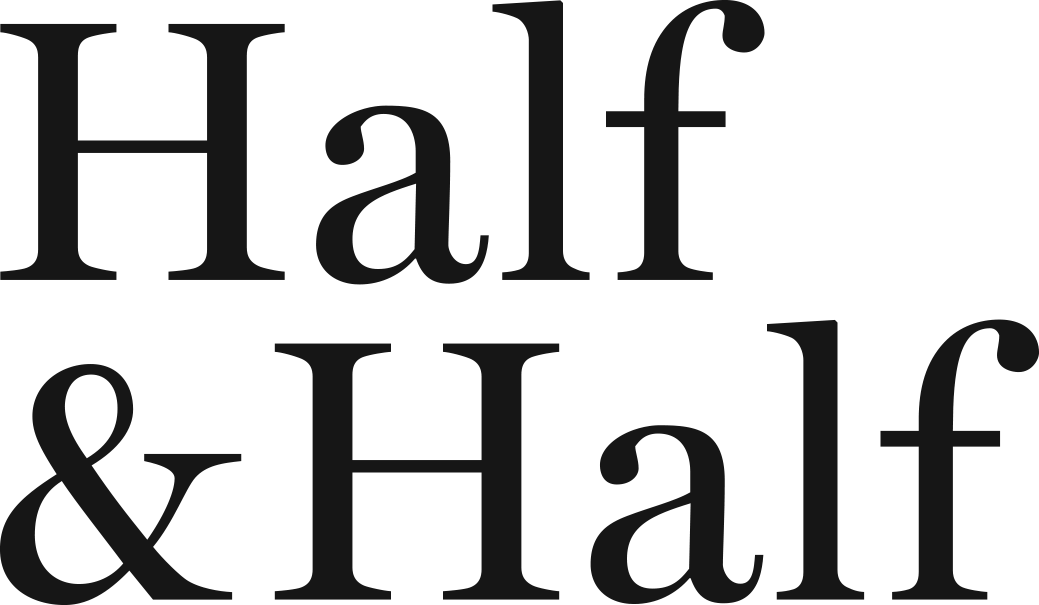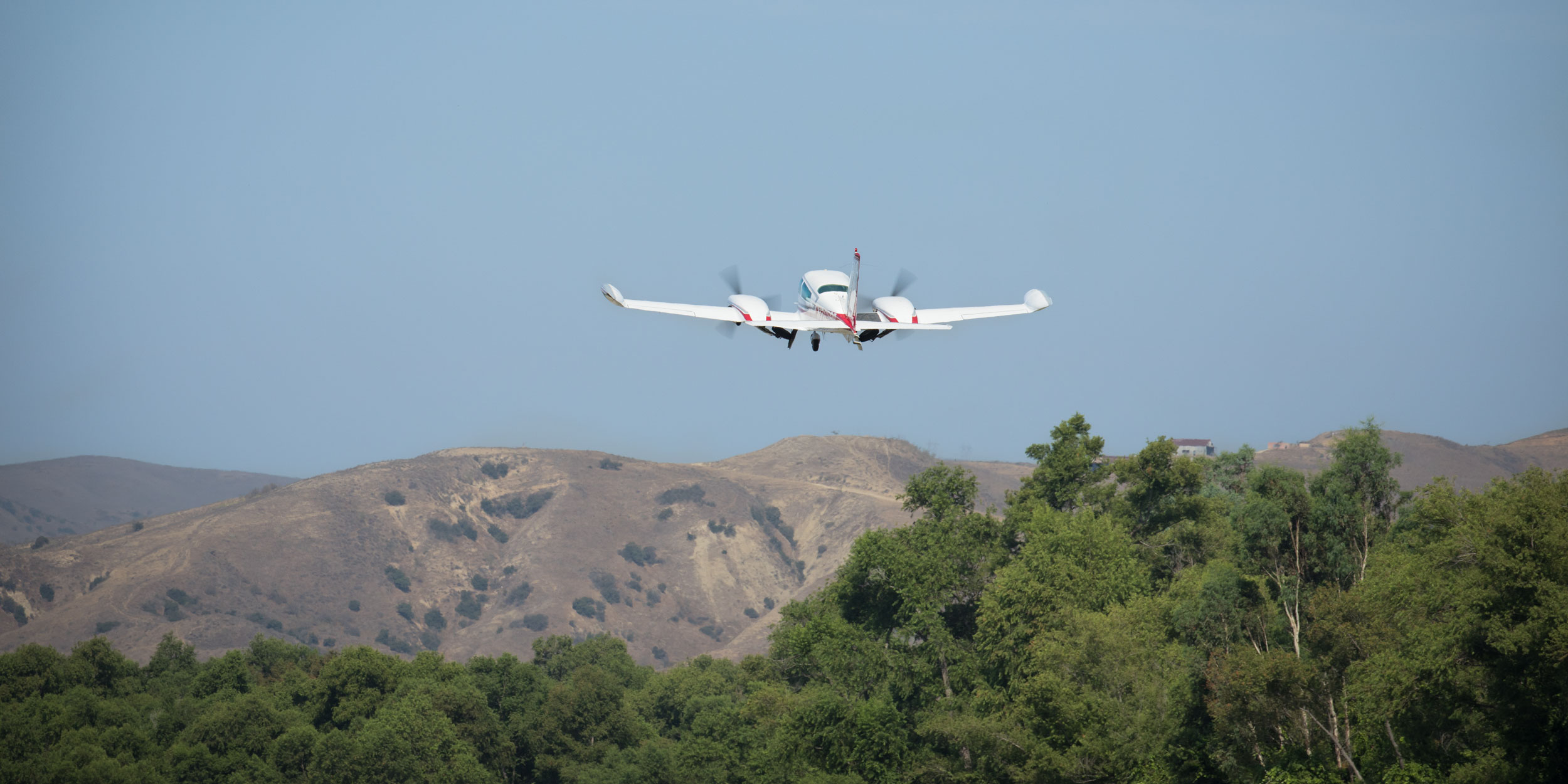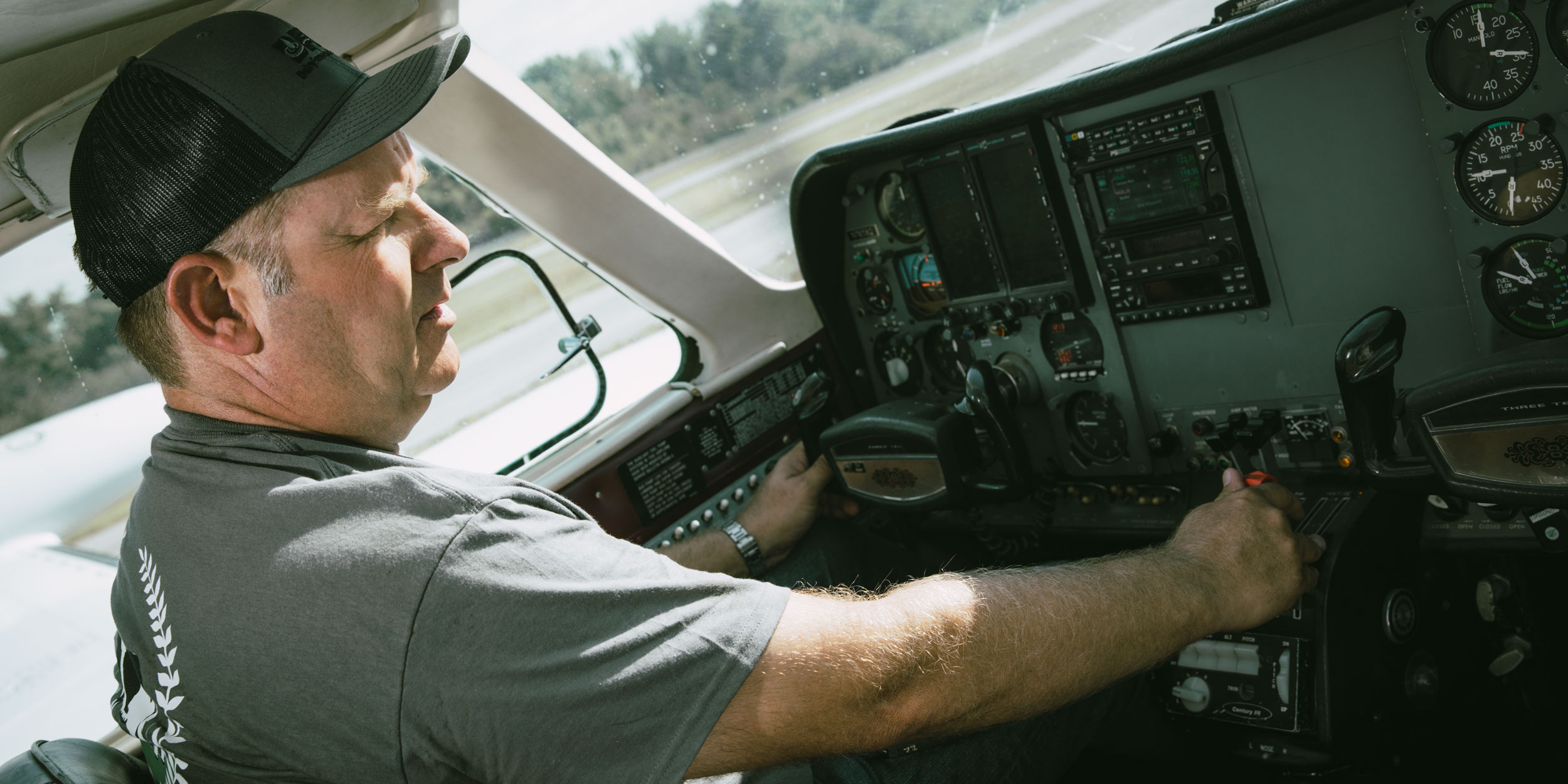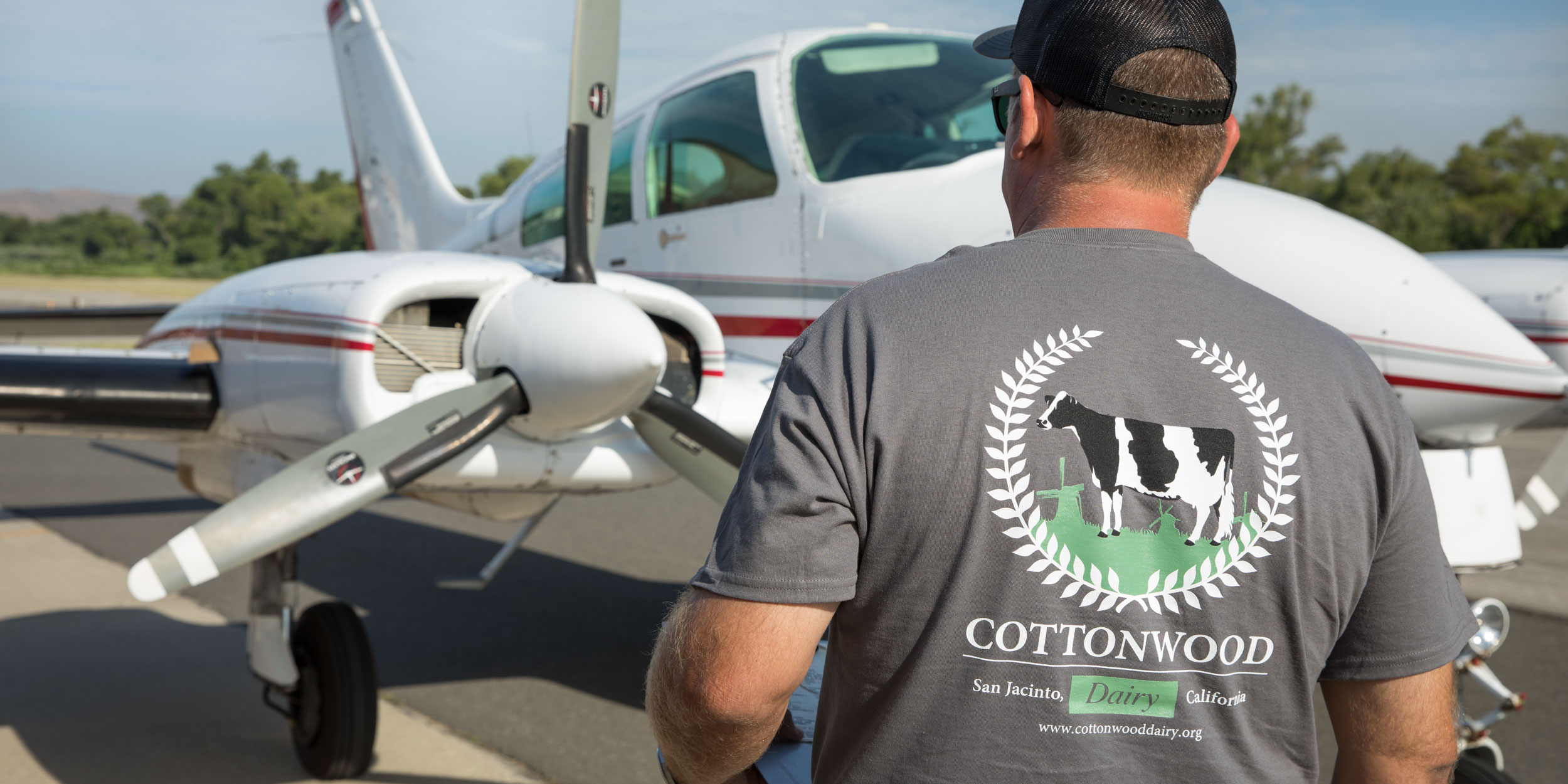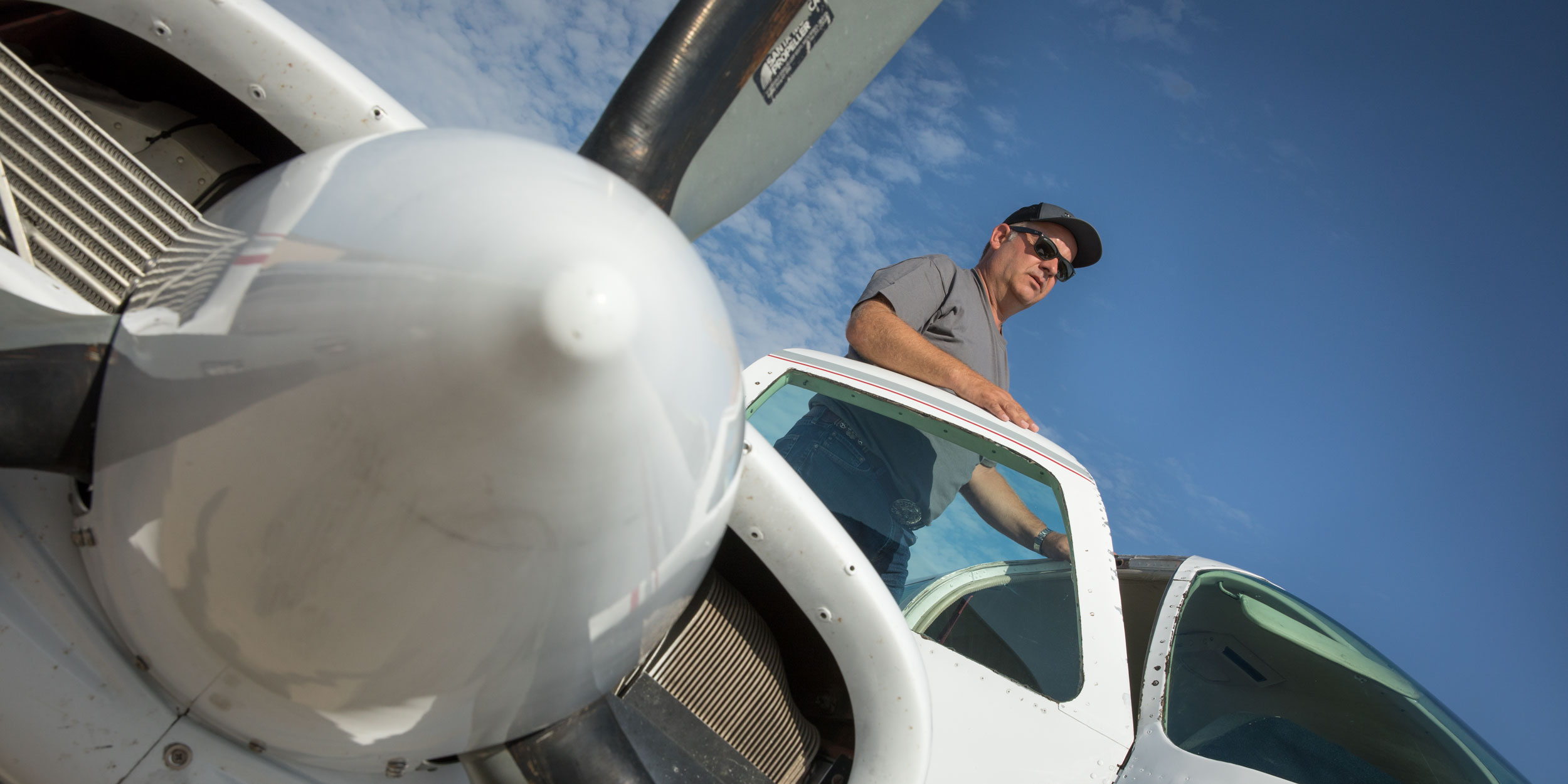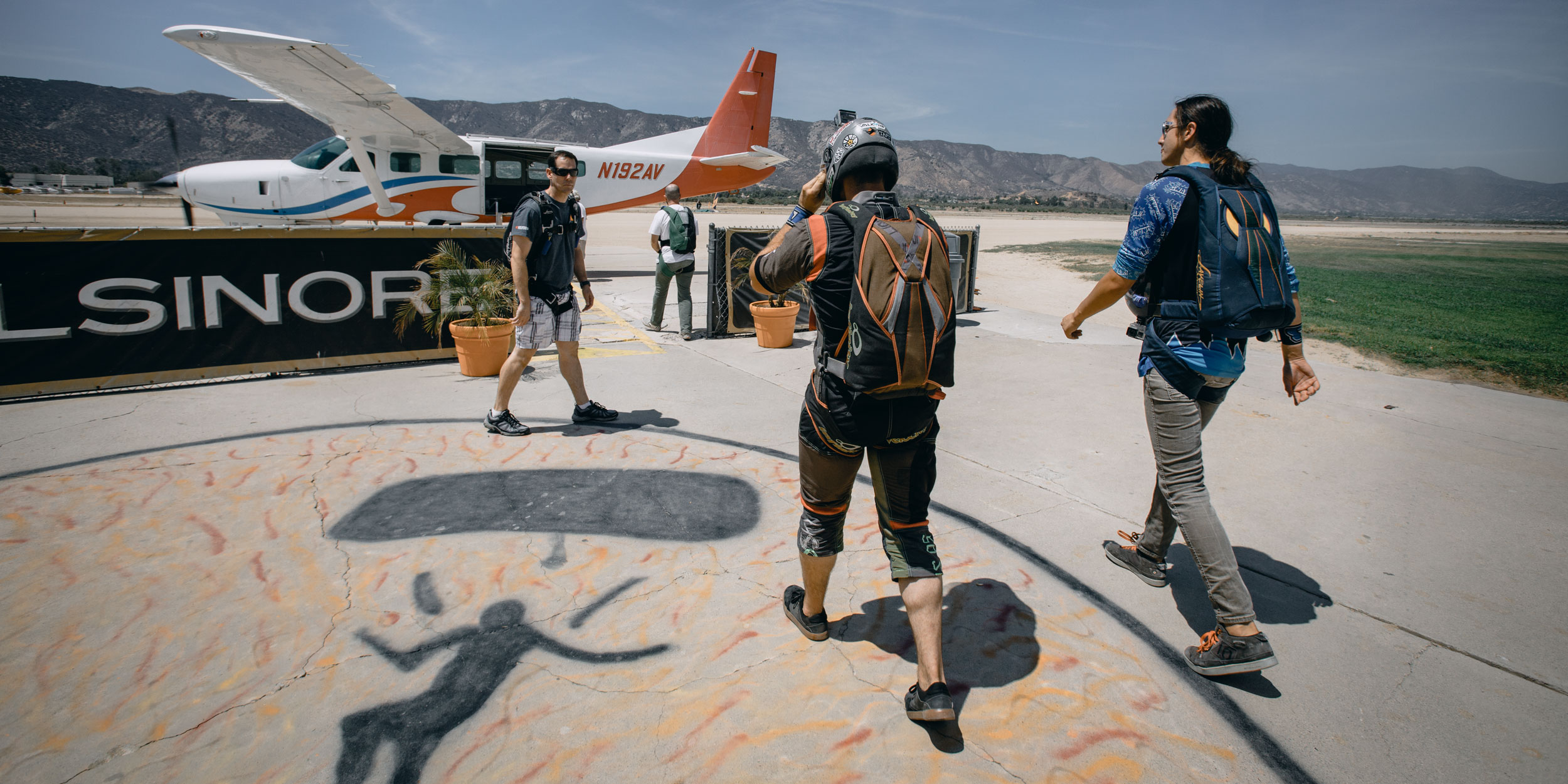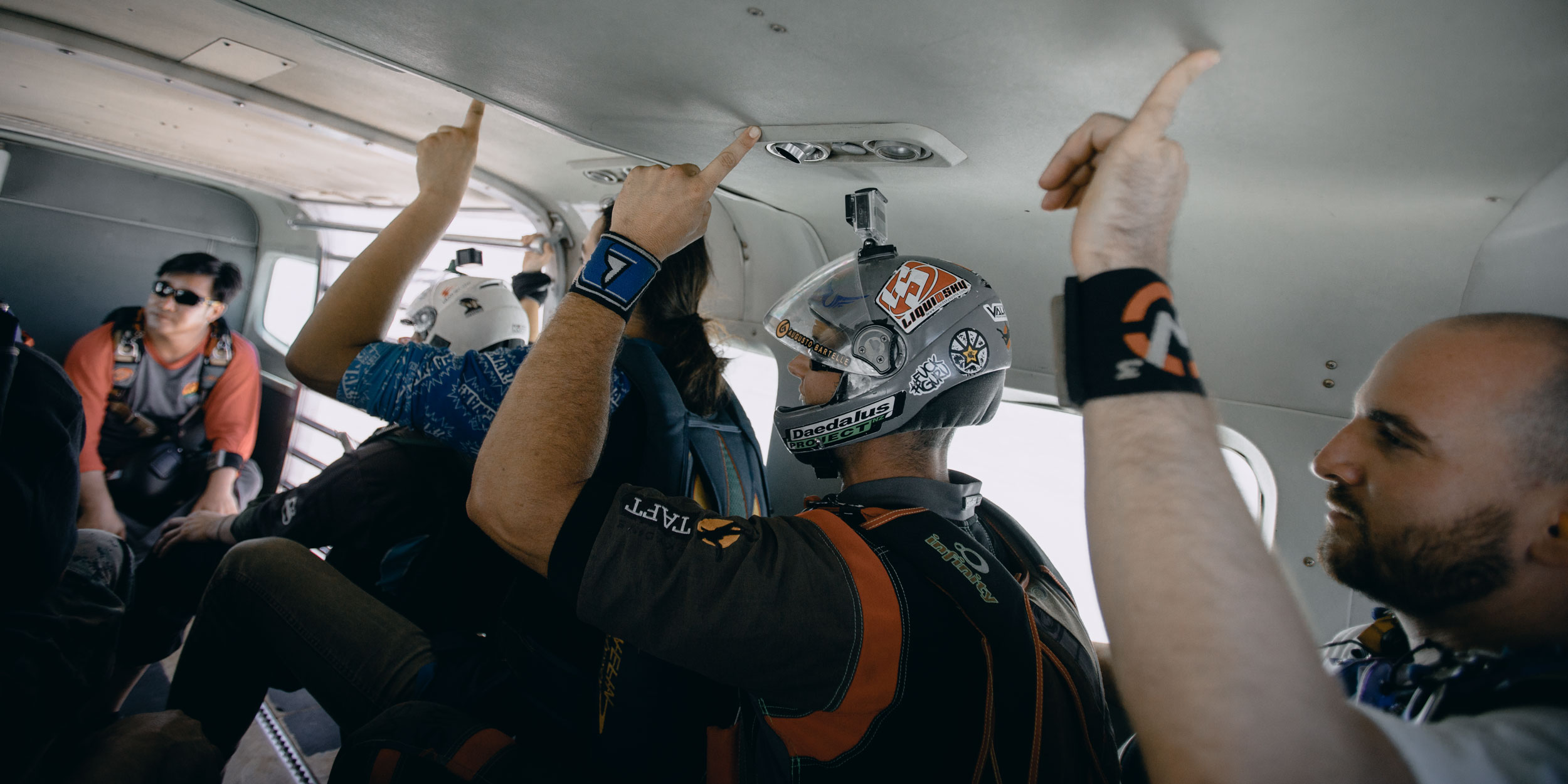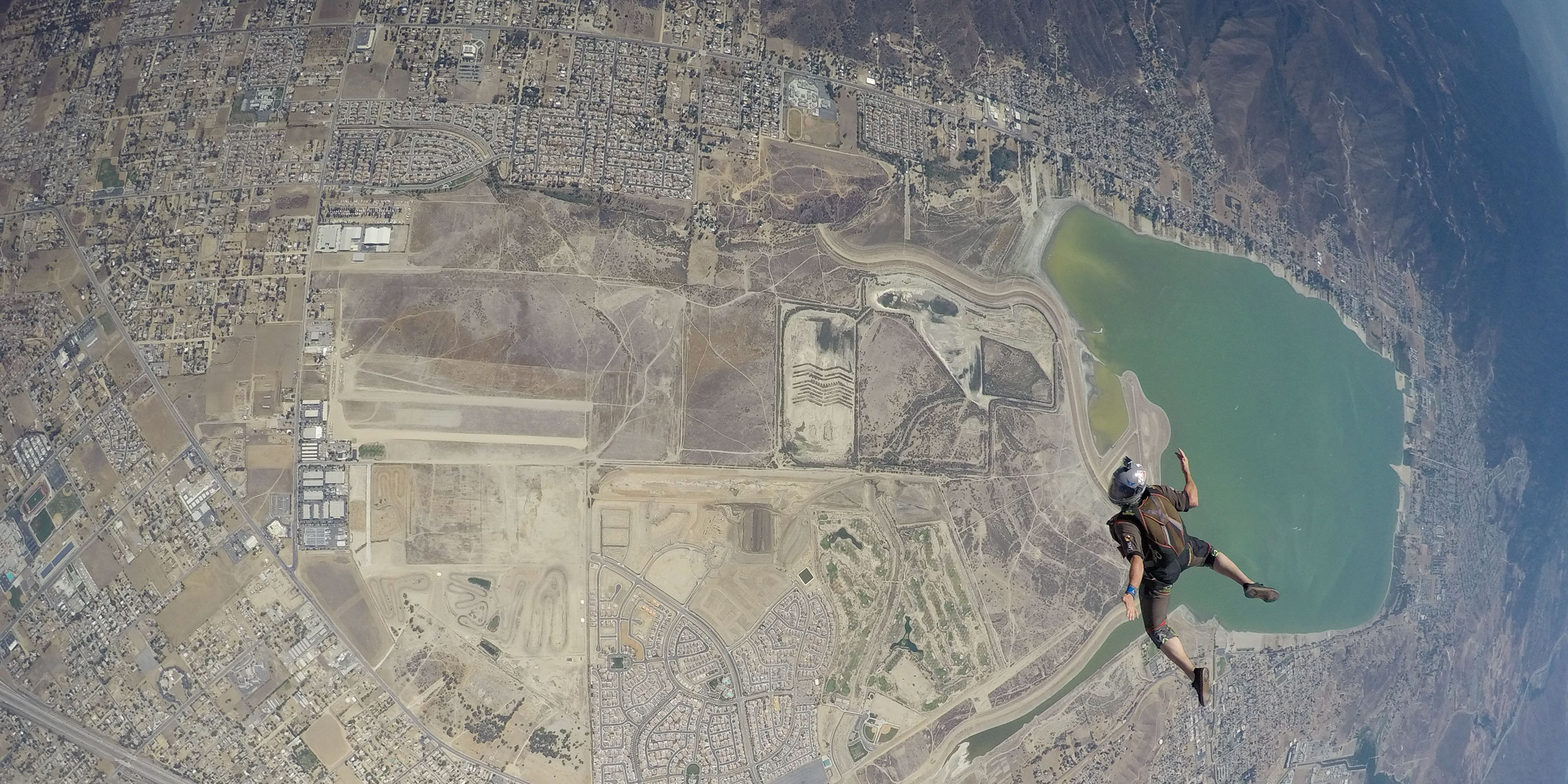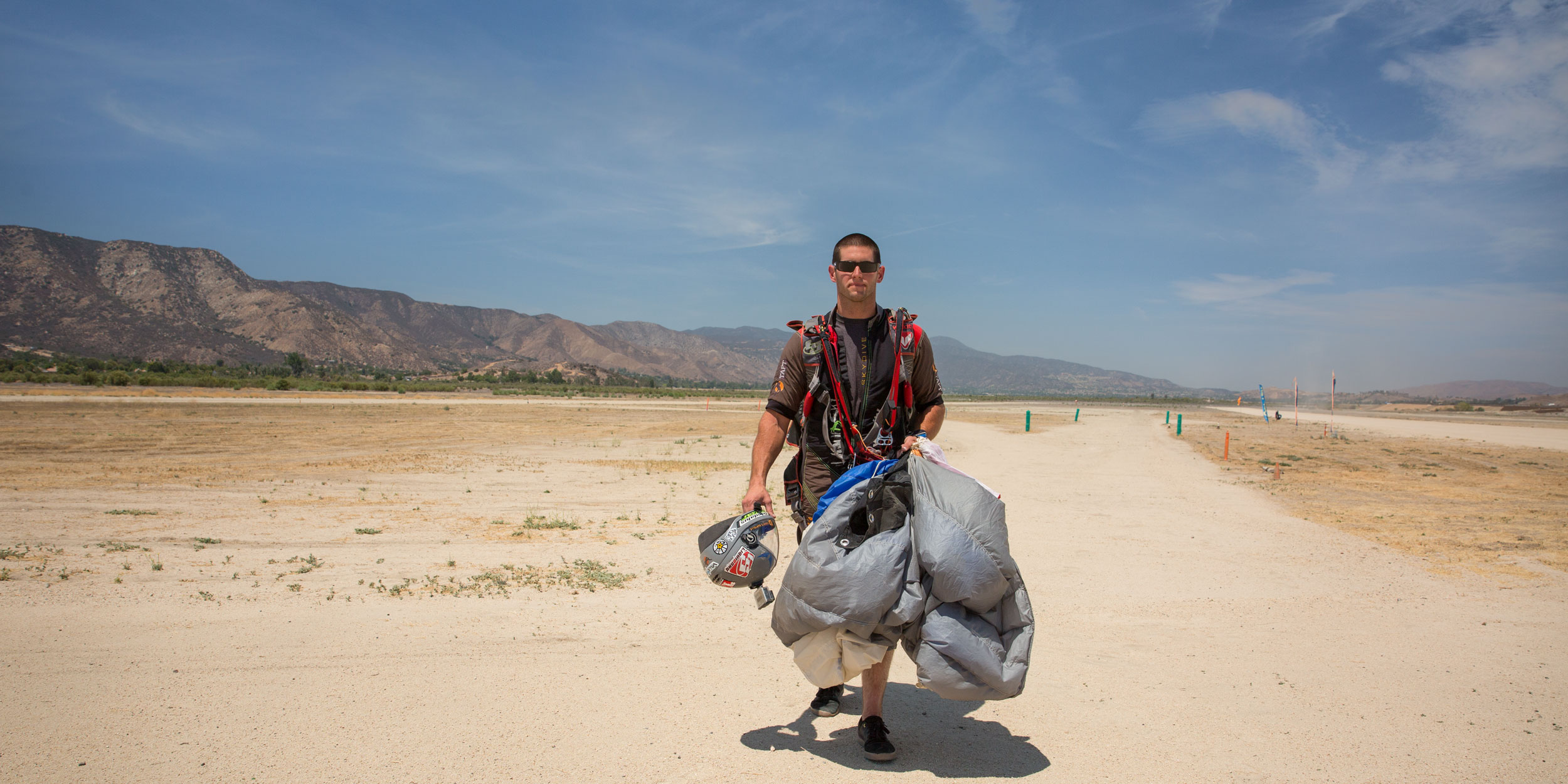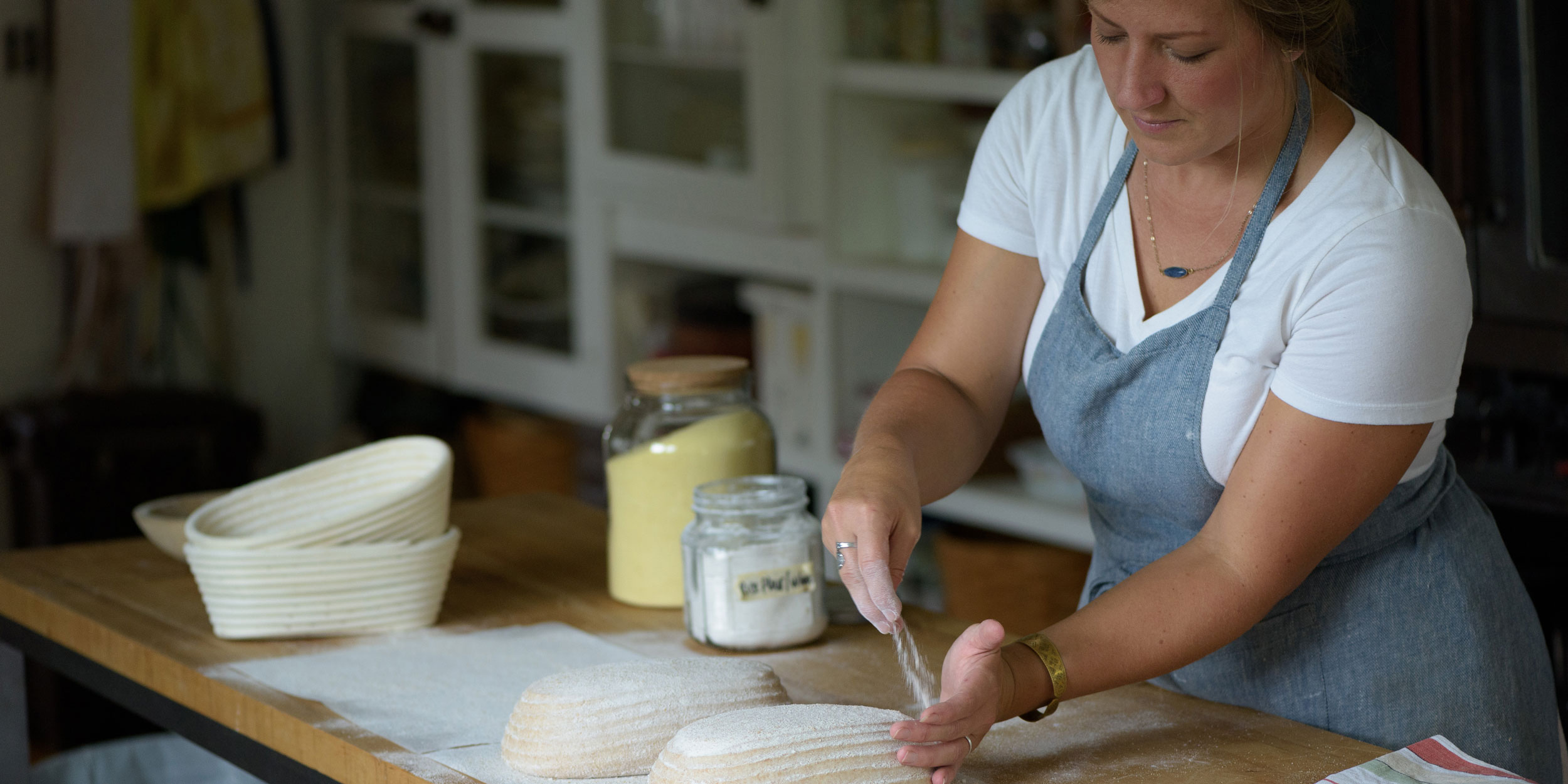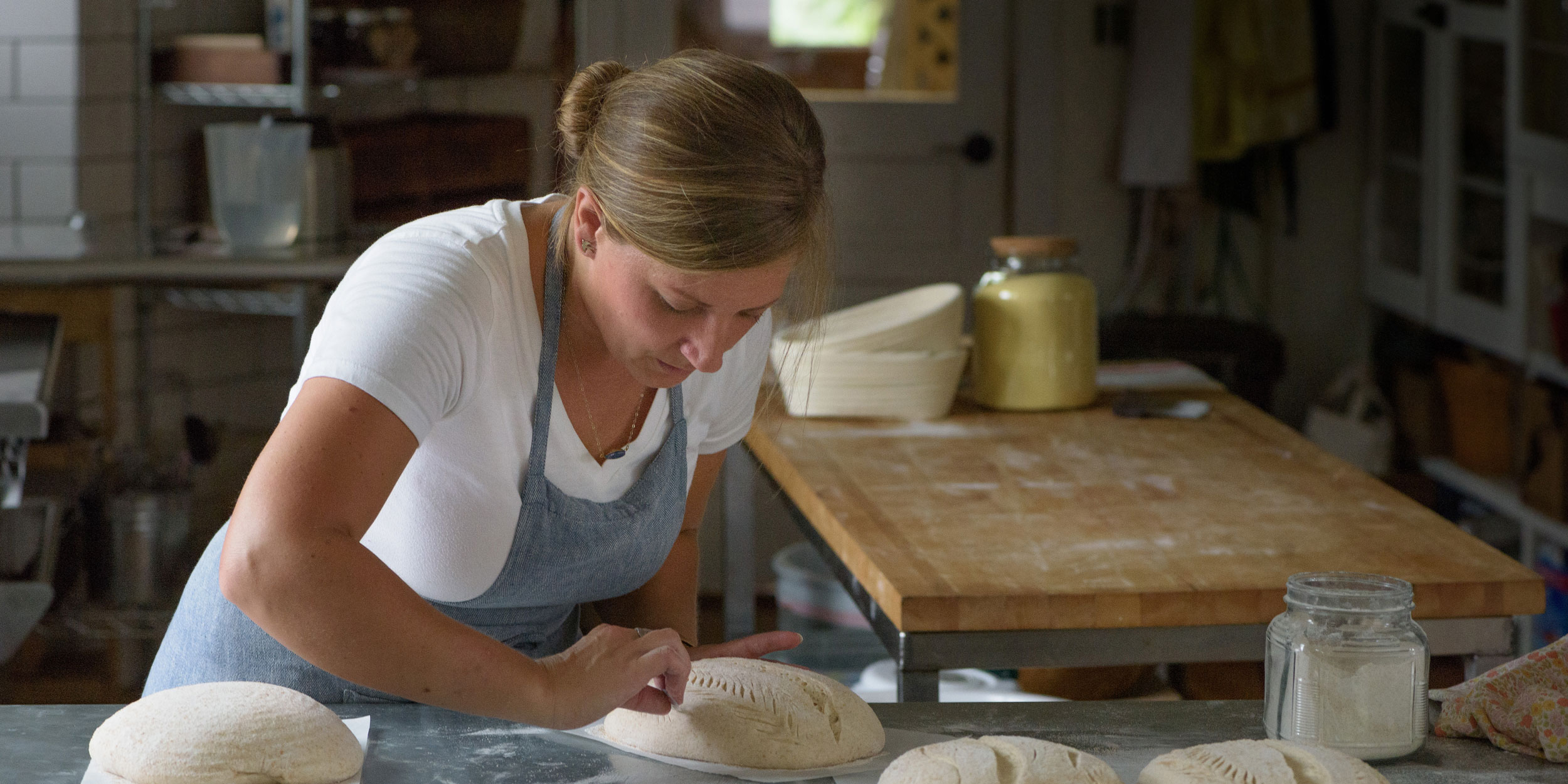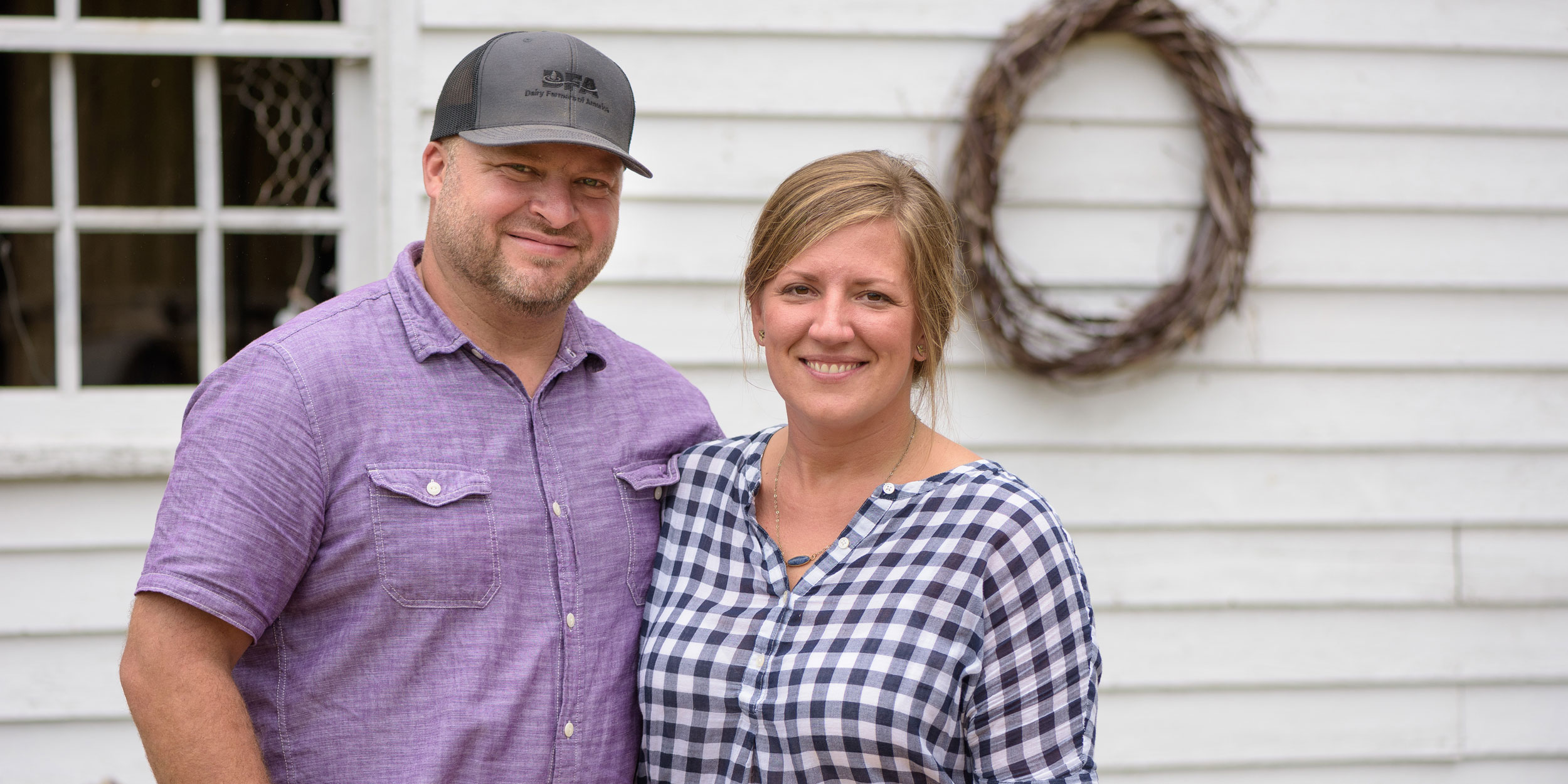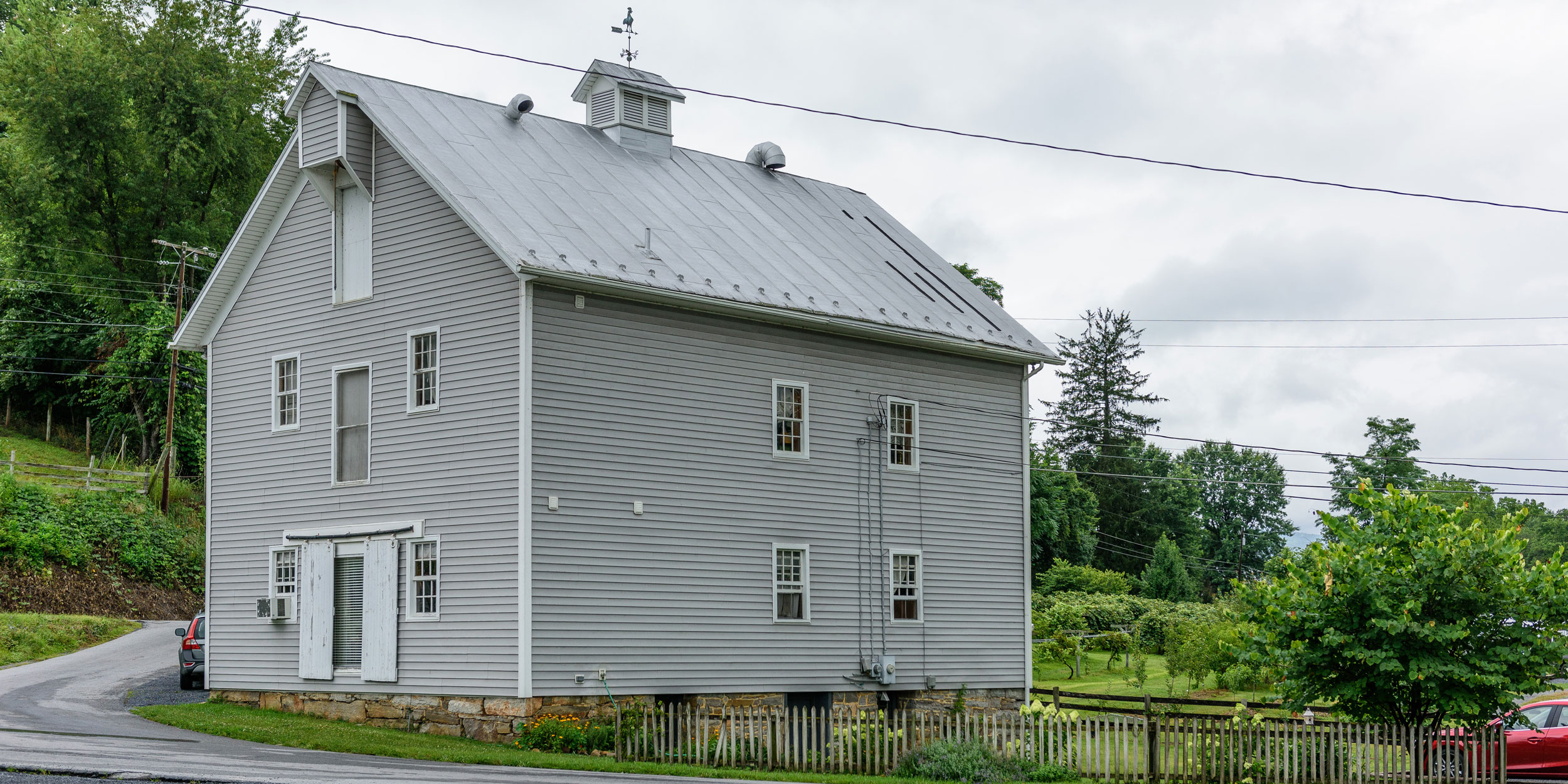In the Clouds
/The sky is blue, and grass is green. As people, we’re meant to know what the grass feels like, waxy blades tickling our feet, but we’re not as keen to the feeling of the sky. Are the clouds soft cotton balls as they are in our dreams, or are they puffs of air with no feeling at all?
Growing up, I was privy to the difference between earth and sky. My father, Bill, an aerospace engineer, would take me to work on Saturday mornings when he had to oversee testing, and once in a while, I’d be able to go up in an airplane with him. He’d strap me in the backseat and equip me with a headset — through which I’d pretend to make drive-thru orders before being told that’s, in fact, not how to page air traffic control.
When we were tooling around, I’d gawk out the window at the ant-sized homes, lakes and roads beneath me. I loved looking out to see the wide open and yearned to know what it’d feel like to be skin to sky. But, like a true engineer, my dad always told me, “there’s no reason to jump out of a perfectly safe airplane.”
It’s 7 a.m. on a Monday morning and Symon Attema has already handled a business meeting. He walks into the Airport Café in Corona, Calif., and strikes up conversation with other breakfast goers before sitting down at a corner booth. It’s clear he’s
a regular.
The café sits on Corona Regional Airport and unlike a large hub outfitted with TSA and rental car shuttles, this airport is mainly for the hobbyist — housing single-engine personal planes, small business jets and a flight school. It also houses Symon’s twin-engine, six-seater Cessna 310.
“I came to America on June 6, 1988, to go to flight school,” says Symon, who is originally from Holland. In the '80s, foreign nationals were able to build time in the United States, so Symon zipped up his flight gear and began clocking his time toward the 250 hours needed to obtain a commercial pilot's license.
“In flying, I was very driven,” he says. “I started as a first officer with Wings West (now American Eagle) flying 70-seater regional jets and eventually worked my way up.”
He began as a check airman, which took him around the country to oversee other regional pilots, to America West and eventually U.S. Airways where he flew airbuses (national jets). In each stage, he strove for the next big thing — something that stayed consistent whether he was flying or diversifying the business with his wife, Eileen.
“In flying, I was very driven, I started as a first captain with Wings West (now American Eagle) flying 70-seater regional jets and eventually worked my way up.”
She joins him for breakfast before he takes off for a full day of work at the feedstore she took over from her father in nearby Norco, otherwise known as Horse Town, USA.
“We met in May 1991 through a friend he was giving lessons to,” she says. “He wrote it in his logbook so he wouldn’t forget!”
The duo has been together since — as much business partners as they are husband and wife. They own Cottonwood and Lakeview Dairies, which milk a combined 3,200 cows, that are seven miles apart.
“I met my partner (Marinus Dijkstra) for Cottonwood at an event, and he said we should buy a dairy, so that’s what we did,” says Symon. “I have a lot of pride from driving on the dairy and seeing our cows and employees.”
Today, he uses his flight expertise to better the dairy through his company E&S Farming, a hay broker. Symon flies to survey and purchase hay, cutting six-hour trips by a third.
“Being involved in the hay business has allowed us to be more vertically integrated and finance the dairy,” he says.
And while their history in dairy doesn’t go as far back as their other ventures, agriculture has always been a mainstay.
“When we moved out to a 10-acre ranch in Hemet, I had this crazy idea that we should buy and sell Friesian horses,” says Eileen.
The slick, black-coated Friesian is the national horse of the Netherlands and a desired breed in the Hispanic community and the Hollywood movie industry for their flashy appearance. What started as a side project turned into the Attemas brokering more than 300 sales of horses, making them leaders in the niche market.
“We found the horse for the movie ‘Legend of Zorro’ and recently were part of the documentary ‘It Het Swarte Goud,’” she says.
Beyond managing their businesses, the Attemas also make plenty of time for family. Symon and Eileen have three children — all of whom have been in the cockpit at one point or another.
It’s now 10 a.m. on the same Monday morning and Luke Echeverria, along with his friends Matt Cerda, a Federal Aviation Administration (FAA)-certified parachute packer and Chris Hayworth, a skydiving instructor, just finished their first jump of the day at Skydive Elsinore.
“It’s not a bad way to start the week,” exclaims Luke, a second-generation farmer from Bakersfield, Calif., where he dairies with his father, uncle and brother on Echeverria Farms. “I’ve met a lot of friends out here that I’ve taken to the dairy and they’ve been amazed at how well our animals are taken care of,” he says. “Many have opinions about large farms, but when they see ours (5,000 cows), they know its family-run and not a ‘factory farm’ like they might think.”
The jump site is surrounded by low mountains and never-ending sky. Tented coverings protect from the wind, so divers can pack their chutes out of the elements. Even though the summer heat is radiating off the strip, there’s a positive and relaxed vibe making its way through the air.
Seasoned and novice jumpers alike mingle about awaiting their turn. Newcomers jump with their backs strapped to the fronts of a certified instructor — a style known as tandem — and jumpers at the beginning of their solo career dive as often as possible to gain jumps for their certification.
“I remember my first jump so clearly. I was so excited to do this and go out with my buddies and tell them all about it,” says Luke. “All the energy just wiped me out and I went home and slept the entire night. The next morning, I woke up and knew I had to keep doing it.”
And he did. In the past six years, Luke has more than 2,200 jumps under his belt, including some in competition.
Today, Luke and the guys are jumping with their competitive spirit in tow. They’re practicing their choreography on the ground and tweaking it from previous jumps. From holding hands to twisting out to switching spots, the routine looks complicated enough with solid footing, let alone two miles above sea level.
The crew piles in with tandems going first, straddling a small wooden bench in a single-file line. The guys hop in last, plopping down in the back of the plane near the load-in and jump-out point.
In the 15-minute trip up to altitude, Luke, Matt and Chris hype each other up with intermittent “woos” and “yeahs.” Nearing the jump point, Luke makes his way from his perch in the back through the narrow aisle to high-five each jumper. It's an energetic ritual before he and the guys open the garage-like door on the side of the plane, hold hands and drop — disappearing in less than a second. Then, one after another, each jumper, solo or tandem, makes their way out into the most literal meaning of the Dixie Chicks song "Wide Open Spaces."
And in no time, they’re back down reviewing footage from their helmet-mounted cameras, repacking their shoots and signing up for the next jump.
“Skydiving is definitely a release for me and allows me to be a better farmer when I’m at work because I’m not too wrapped up in one thing,” Luke says.
Kneeling at the edge of the door looking 12,000 feet down, I wished I would have listened to my father. My heart was rushing as fast as it does when I down one too many cups of coffee, and while my instructor said he’d count to three, by "one" we were free falling. My stomach dropped, and fear swallowed me whole as I let out a terrified yelp — for about two seconds. Then, I understood the rush.
We were weightless, supported only by the brisk air. The wind whipped my hair into styles only doable with a teasing comb and multiple cans of hairspray. As the chute was pulled, my instructor glided us through the sky for a true 360-degree view. The mountains of southern California, a gleaming lake and overall awe made up for my wooziness as we swooped down onto the landing point.
While the jump was over, the built-up adrenaline was in full swing. High fives and woos came from Luke and his buddies and the most honest grin stretched across my sunned cheeks. Now, I just had to tell my dad.
